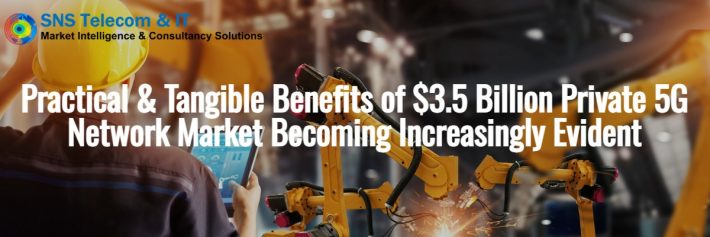Blog: February 19, 2015 — The 25th annual Distributech conference, held earlier this month in San Diego, USA, brought together technology vendors and the utilities they serve to review new technologies available in the utilities industry. Jacob Pereira of analysts IHS reports.
A number of utilities had the opportunity to present their technology use best practices in numerous conference tracks with subjects ranging from making the most of AMI data to exploring new business enterprise benefits through analytics. IHS notes the tone this year is geared more towards to acknowledging that utilities are struggling to utilize existing smart utility technology in the best manner, mainly to due to continued organizational and business process challenges.
Utilities are often thought of as very conservative organisations with a guiding principle of providing dependable energy or water provision, with few other priorities. This has historically created organisations which developed isolated departments which rarely interacted. However, with the pressures of effectively integrating renewables, the replacement or repair of aging assets, working with an aging workforce, continued erratic weather, and a need to improve consumer engagement, utilities in North America are now challenged with modernizing their business practice, organisation and infrastructure.
While this idea is hardly new, it is manifesting into the technology offers seen at conferences like Distributech. Increasingly, vendors are highlighting technologies which are easier to install or implement, work in conjunction with existing infrastructure, or are focused on maximising technologies which the utility already has. Most product releases at the Distributech 2015 conference fell into one of these categories.

Surging IoT
In line with the surging Internet of Things (IoT) in critical infrastructure, a number traditional technology vendors announced new 4G LTE cellular solutions at Distributech. For utilities seeking to use an existing and proven telecoms network this is a good sign. The inconsistent and heavy-handed involvement from the telecoms industry in utilities in the past seems to be changing under the momentum from smart cities and successes in other critical infrastructure applications, opening up partnerships opportunities and creating economies of scale.
Analytics platforms have been the highlight of the utilities vertical for a few years now. The term ‘big data’ has been seen extensively throughout the technology supply chain as vendors advertise how their software will link up compartmentalised business units, predict grid behaviour and points of failure, and increase operational efficiencies at the utility back end.
At this year’s Distributech it was noticeable that the analytics offers were fewer in number, but the solutions present were better tuned to specific utility problems. It is no longer simply about finding outliers, but instead about offering functionally effective software platforms. Utilities need to assimilate data from many systems, provide information in different formats to different departments, and need to do so with little expertise onsite. The new version of the analytics platform focuses on easy use, integrating data seamlessly, and visualisation and usage of the output easily across multiple departments.
Key lessons for technology providers include:
- Utility executives considering investment in cutting edge technology need to overcome the difficulty in how to get solutions installed and integrated into their business processes in a quick and economical manner. All product design should start from this point – especially analytics and software platforms that promise to digest big data. If it is too complicated, creates too much restructuring, or requires additional competencies to be developed at the utility itself, then it is unlikely to be chosen.
- Success in smart cities as well as adjacent critical infrastructure markets like oil and gas, energy, transport, and fleet management is bringing focus on the IoT /M2M supply chain. The presence this year at Distributech was impressive from the technology vendors pushing M2M solutions. For a vertical where most of the installations of communications networks to date are of private mesh style radio networks, to the new world of the IoT – the communications landscape is set to radically change in North America. Suppliers need to understand all the stakeholders in the smart cities and smart infrastructure movements and review how this will directly impact utility technology opportunities.
- Technology providers need to help utilities to focus upon their core business of delivering energy or water to consumers and simplify their organizational issues. Individual devices and single application solutions tend to complicate the utility operations model, adding problems even as they solve others. Leverage existing and previously implemented technologies to add value to prior utility investments. Continue to open up access to their technologies and develop partnerships to help create complete solutions packages to simplify utility processes.
The author is Jacob Rodrigues Pereira, senior analyst – Smart Utility Infrastructure at IHS.










